Greetings, Wool Lovers!
In 2017, I made the decision to take a year off from vending in 2018. Because teaching dominates most of my time, I felt like I could never get into the studio to create anything new or even experiment with my fibers. In lieu of prepping for shows this year, I made a goal to get back to the wooly basics, but before I can dye it, felt it, or spin it, I need to process it.
When I first adopted our little flock, I learned about the process and was convinced that I could do it myself rather than send it out for cleaning. Jump to 3 and a half years later, and while I still do all the processing myself, I highly underestimated the amount of time each small batch takes. It’s been my goal to clean the previous year’s fleeces come shearing time.
I have yet to achieve that goal.
So let’s break it down, shall we? Why does it take so long?
We start with a wooly bear. An uncoated, free-to-roam-about-the-Hill, fabulously tangled wooly bear. This is Momma Klaus.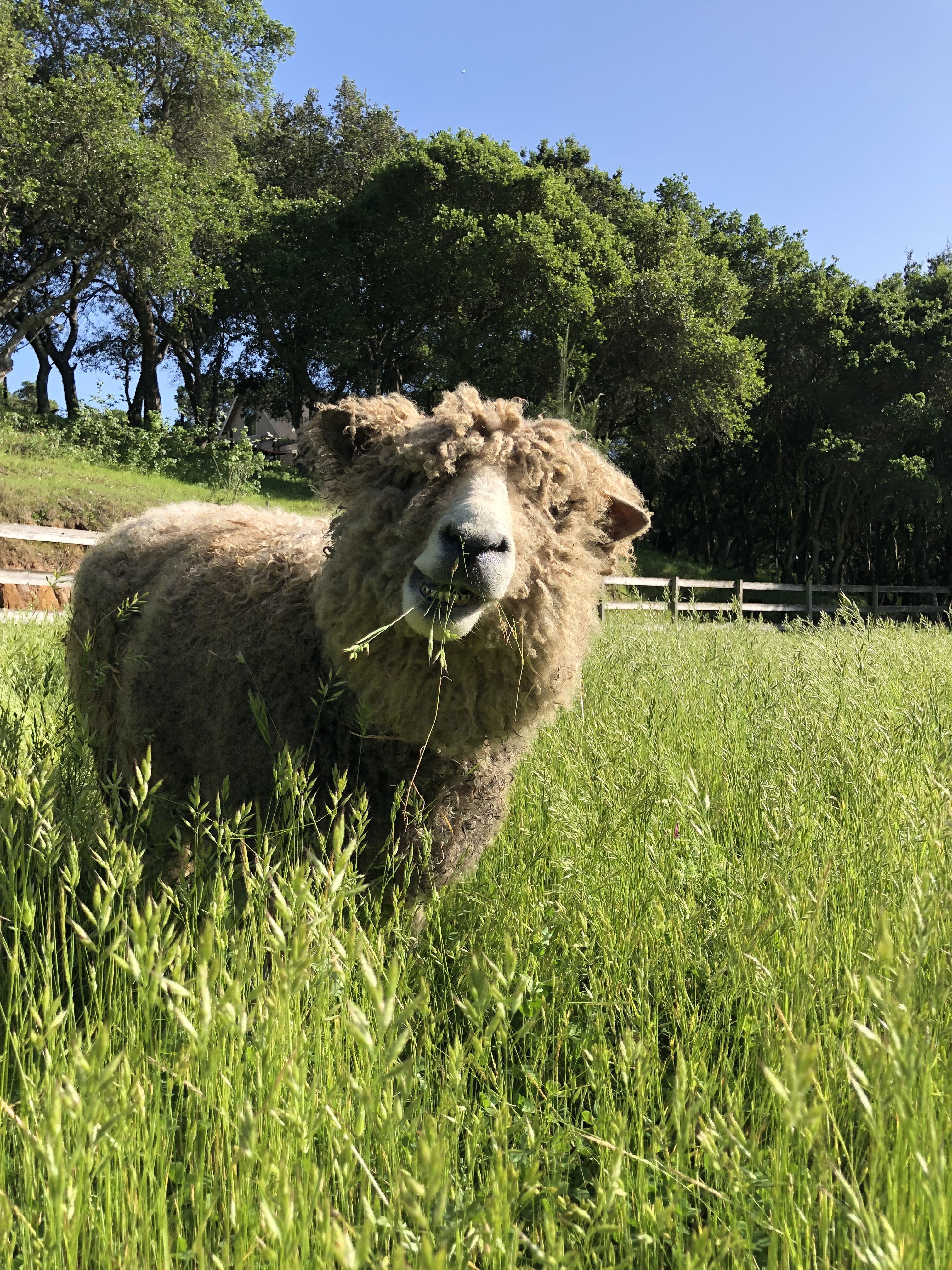
Once the ladies are sheared, I’m faced with this glorious mess.
Each pile represents a different sheep in the 2nd year we had the ladies. It took me 2 annual shearings to understand that I shouldn’t keep ALL THE WOOL! I learned to toss the truly messy bits filled with vegetable matter (or VM) as well as the disastrous bits near their bellies and rear ends.
No one wants to play with muddy-butt wool! It’s matted, filled with dingleberries, and only suitable for composting. Getting rid of this wool from the nether regions is called skirting.
Because we live in California, we’ve become accustomed to conserving water, so Brett built me a portable washing station. This allows me to roll the table around the driveway and give thirsty plants the dirty water.
Lovely. Isn’t it? At least the plants think so.
Of course, even the chickens enjoy the muddy-water action! This is an older picture, and I’m blown away by how much the salvias and Chinese Pistache trees have grown since then.
When the water runs clear, it’s time to take it inside. Keep in mind that this is after at least 5 submersions.
Don’t be fooled. Dottie’s wooly locks are still FILTHY! Time for hot, soapy water.
I use Power Scour to clean my wool because it’s earth-friendly, biodegradable, cruelty-free, and made in the USA.
Momma Klaus’s wool is particularly challenging to clean as she’s our sole white sheep and prone to get filthier than the others. You can see the difference the soap can have in this next picture. Her cleaned wool glimmers like unicorn hair!
Make sure you don’t let the water cool in between soakings because that allows the lanolin to adhere to the wool rather than wash it out. After repeated soakings, I’m left with some glorious wool.
The ladies have just had their annual shearing and are enjoying the weightlessness!
All of this, dear readers, is simply to wash the wool.
Next time I’ll break down what you can DO with the wool once it’s cleaned.
What do you like to do with wool?
Till then, get dirty!
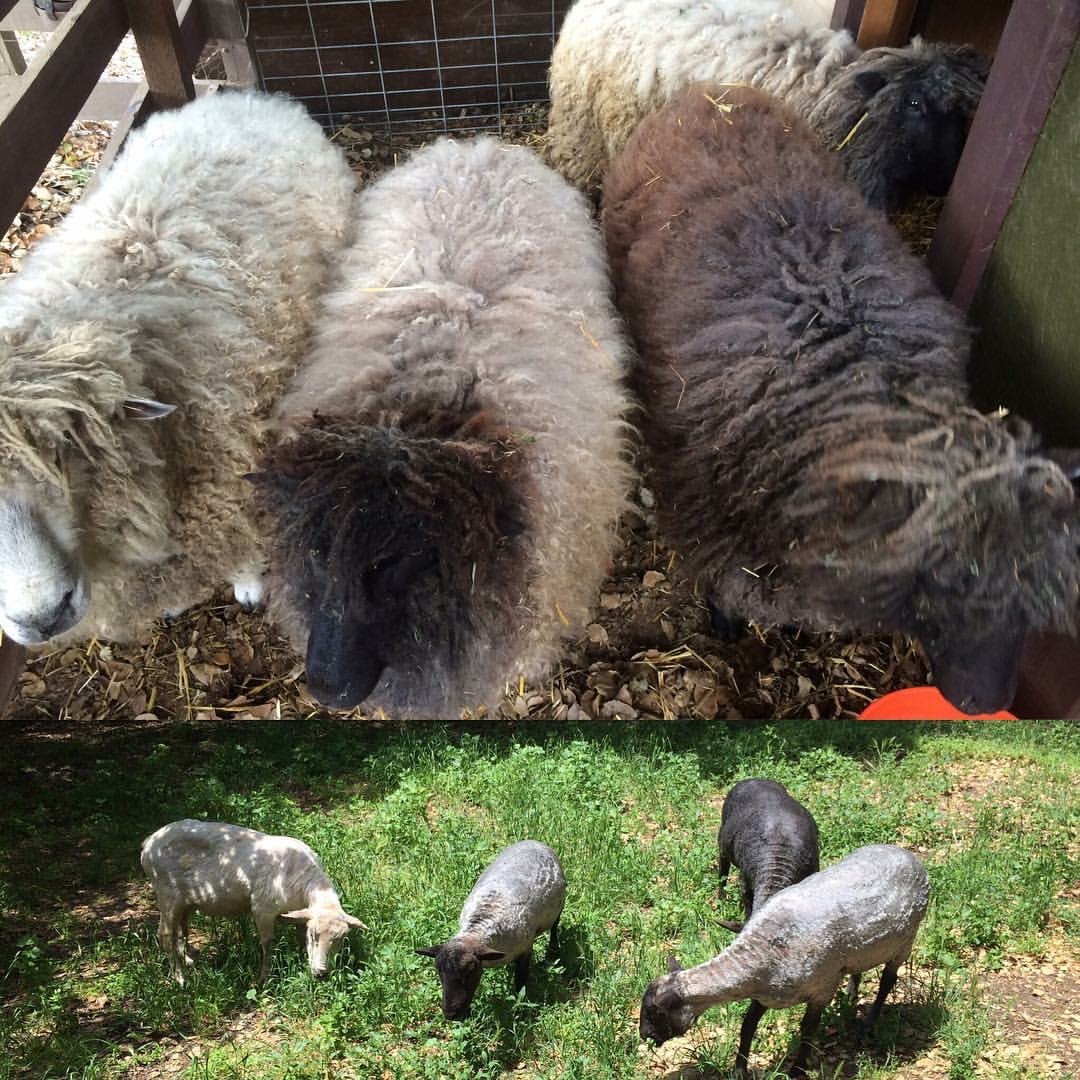
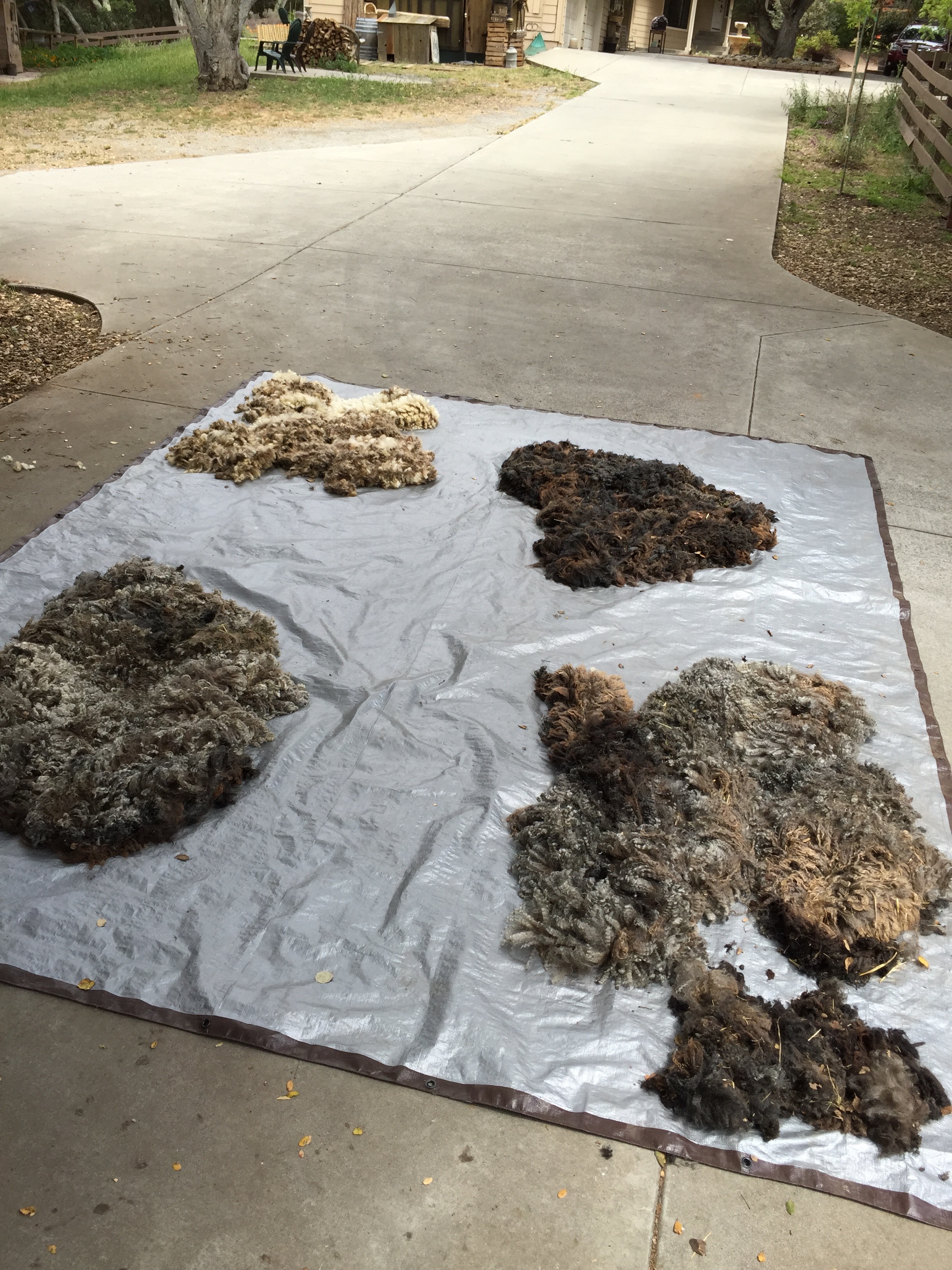
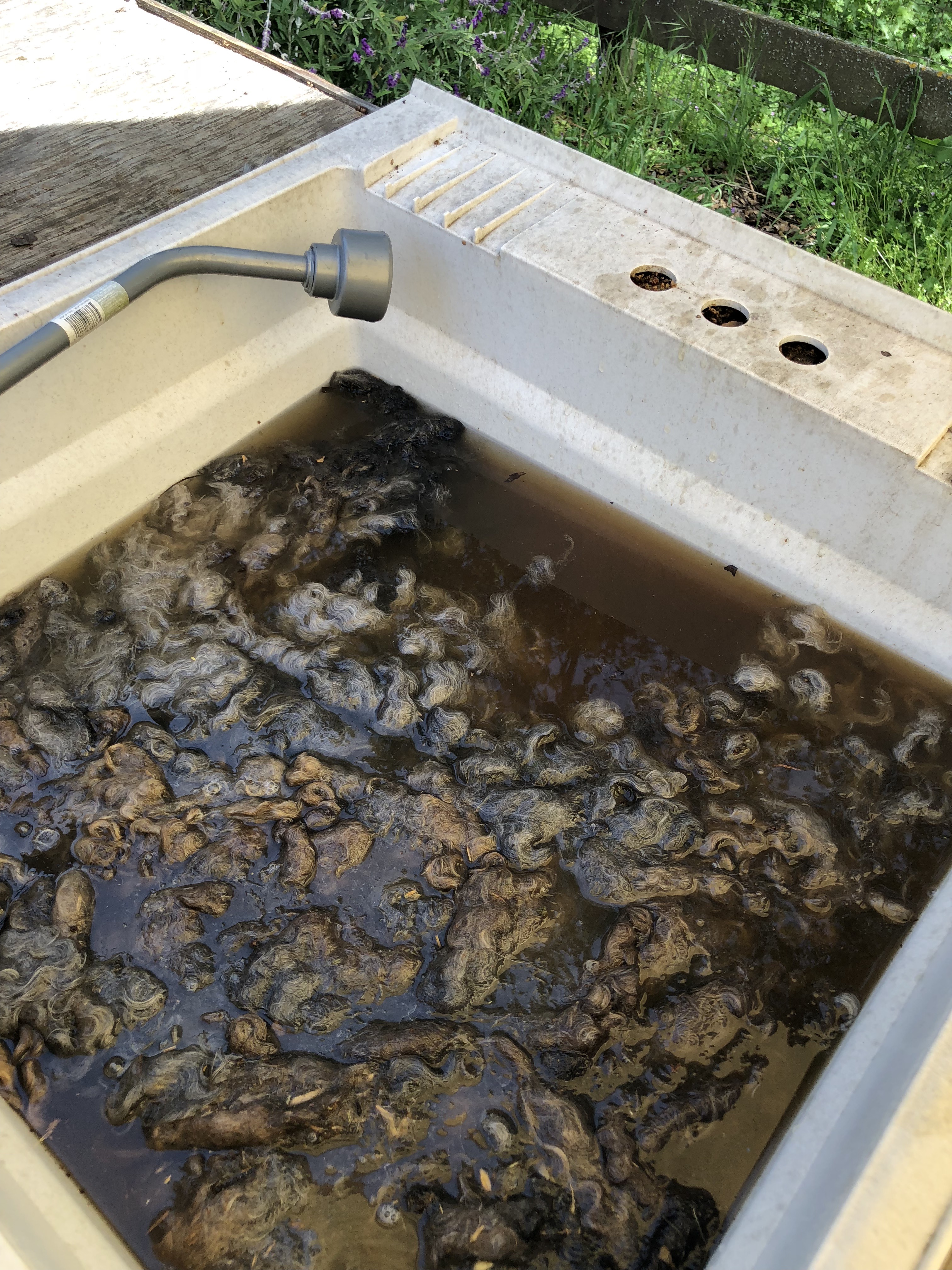
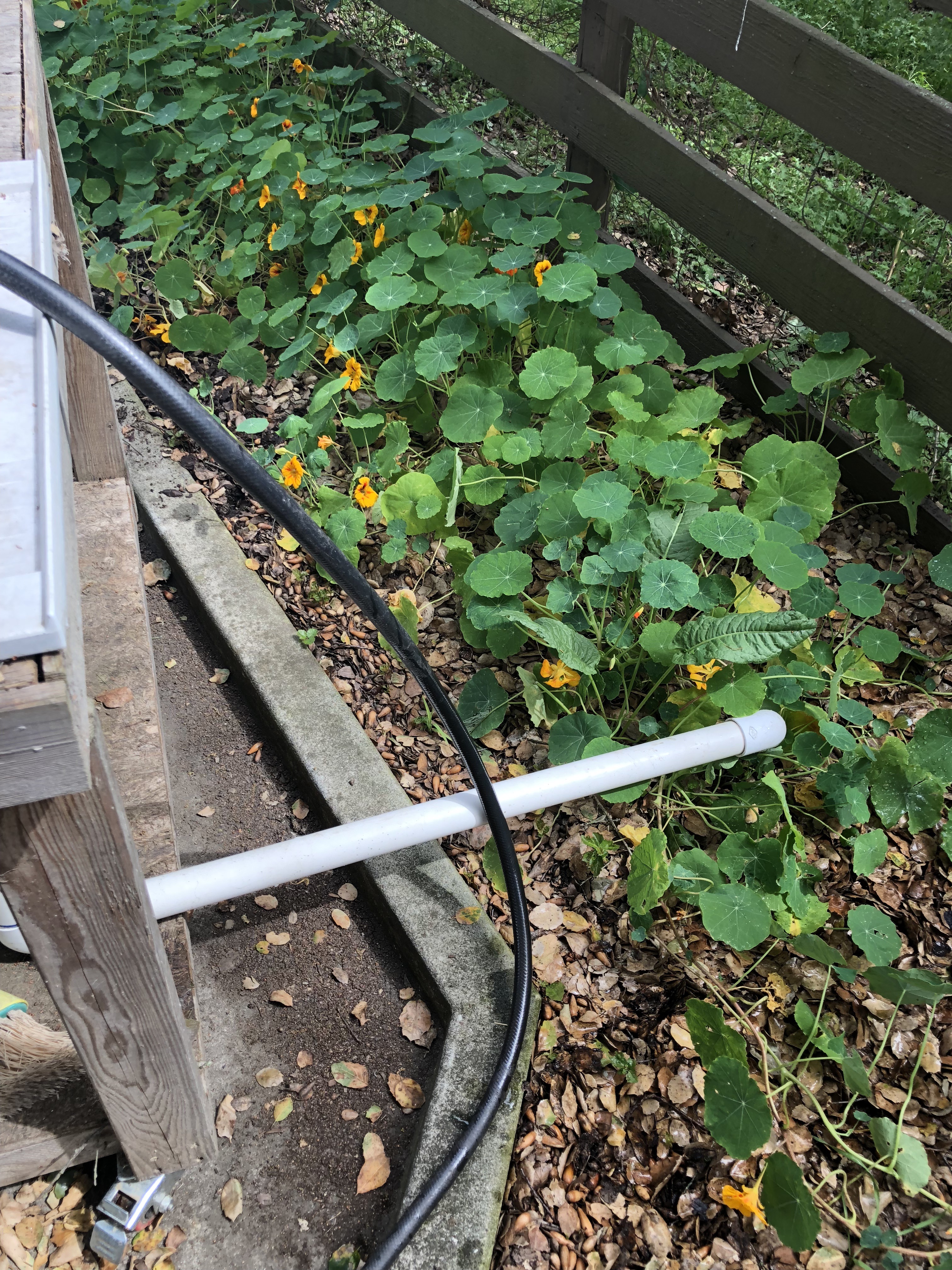
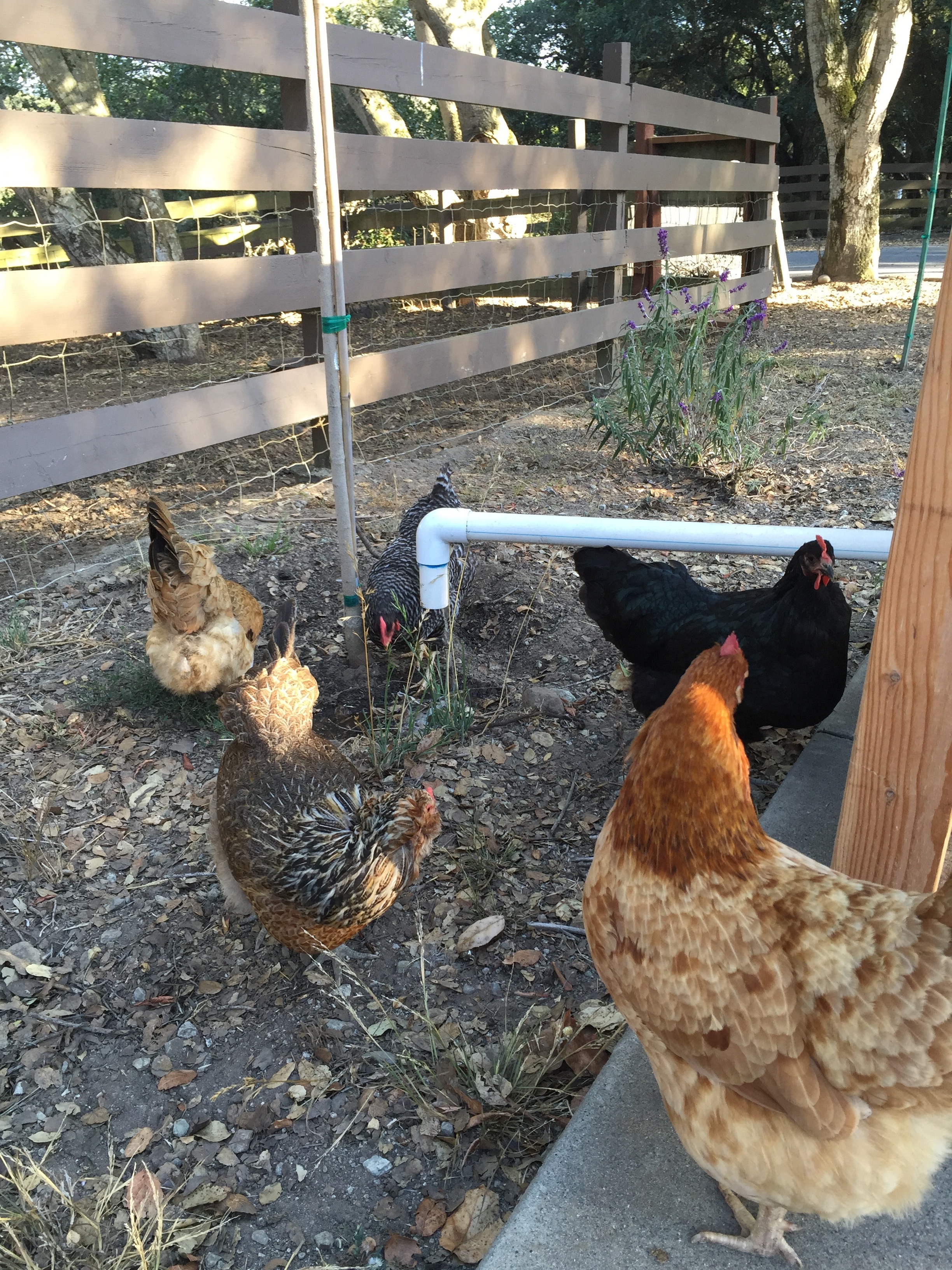
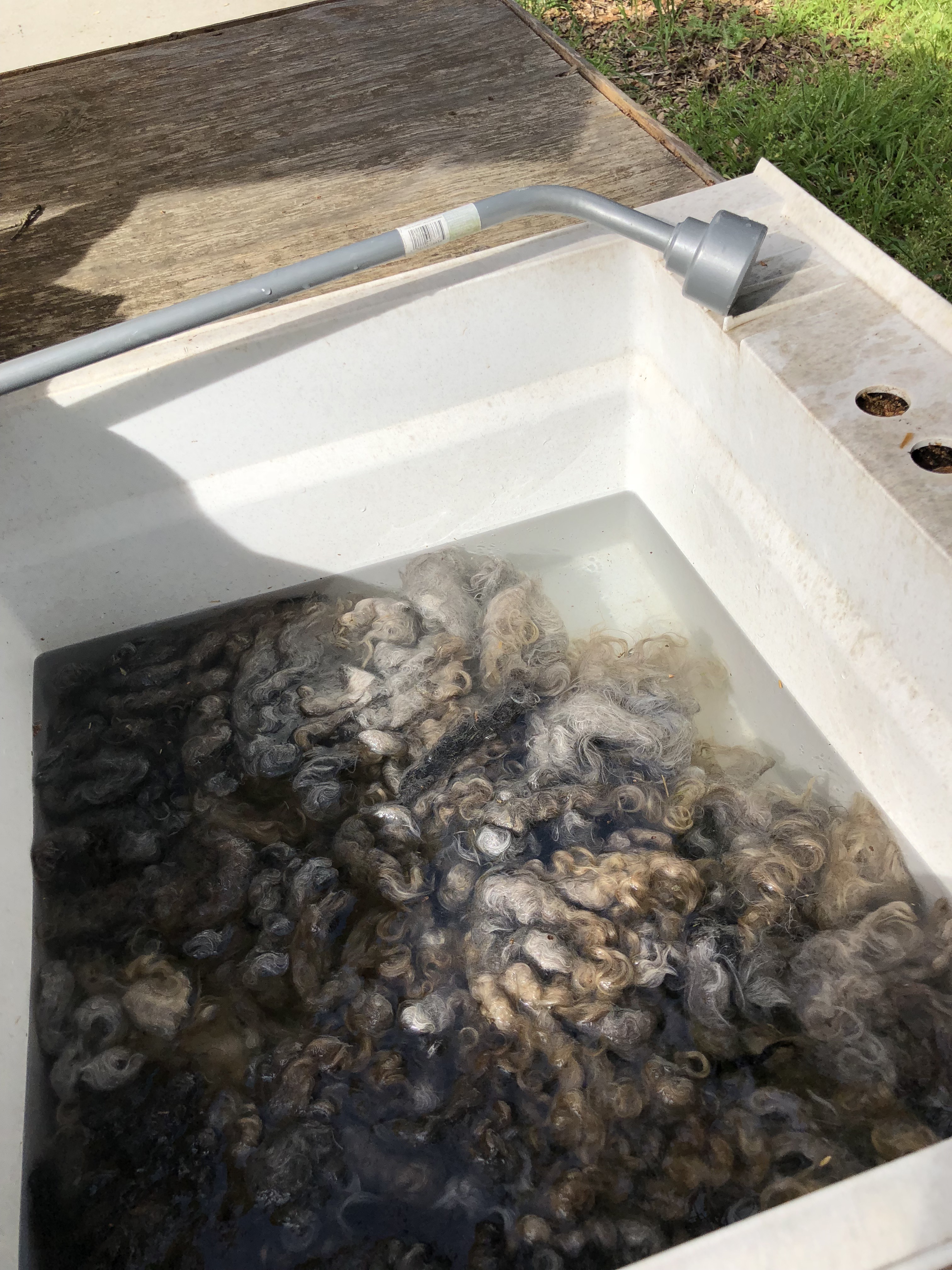
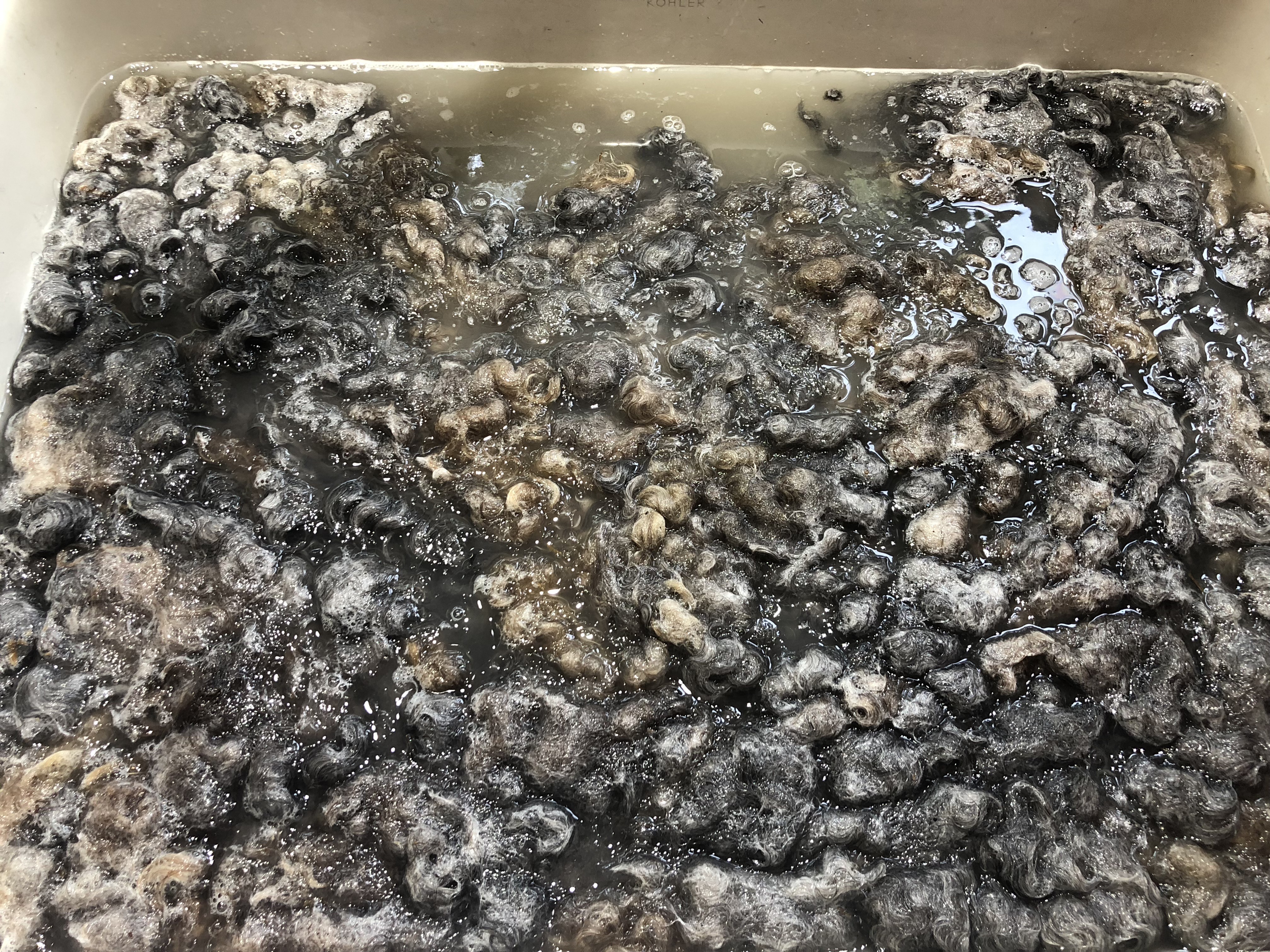
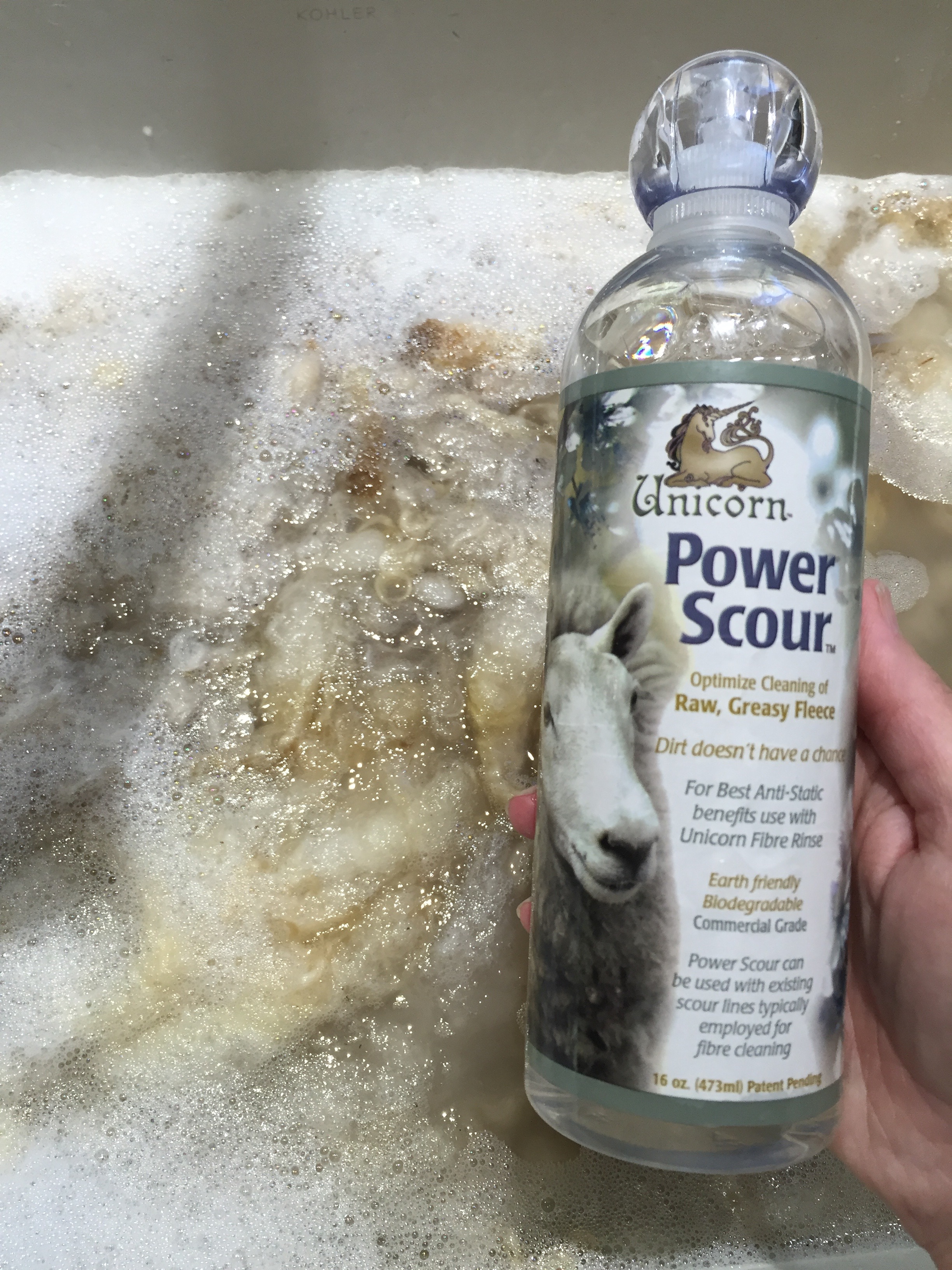
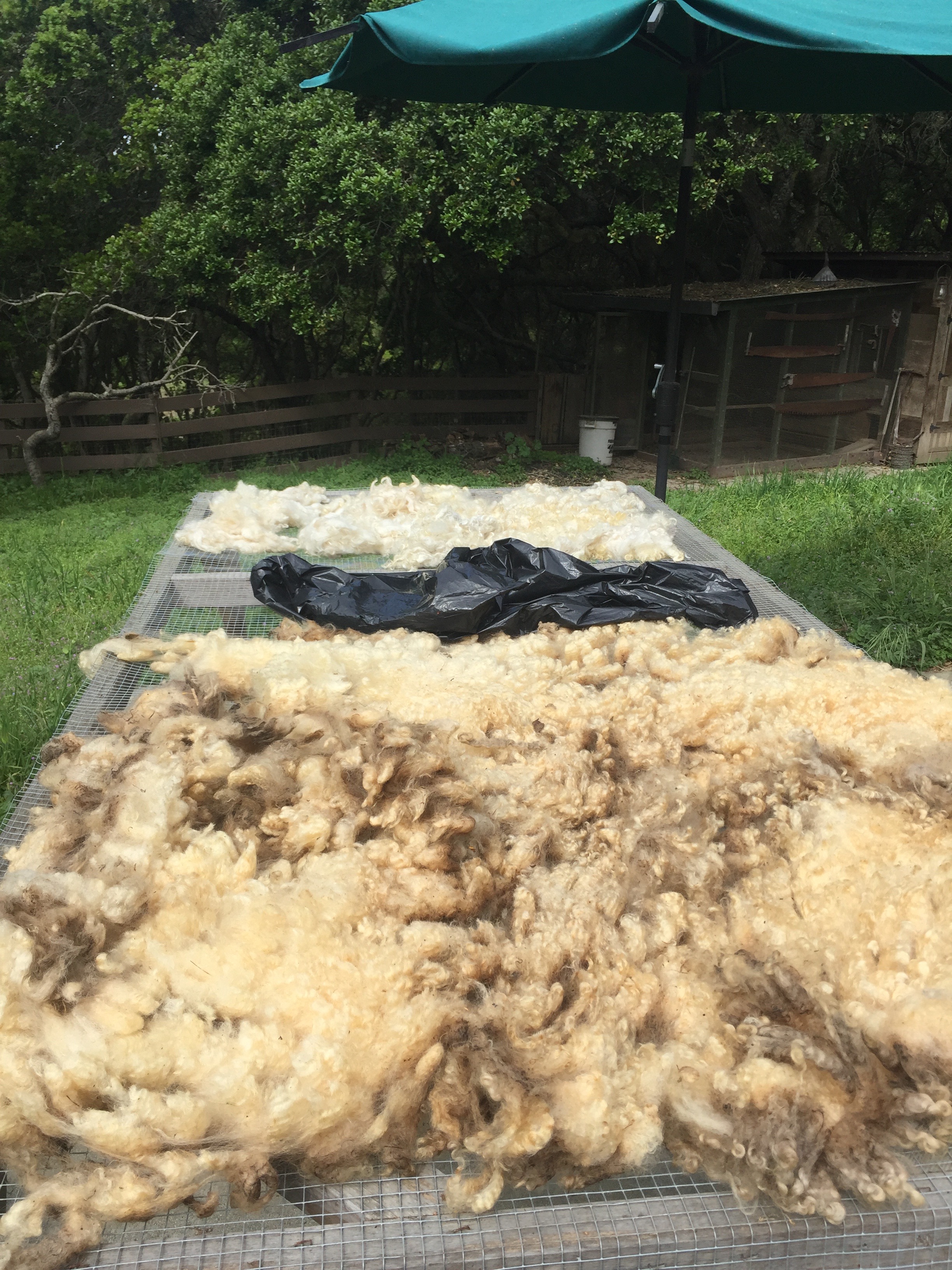
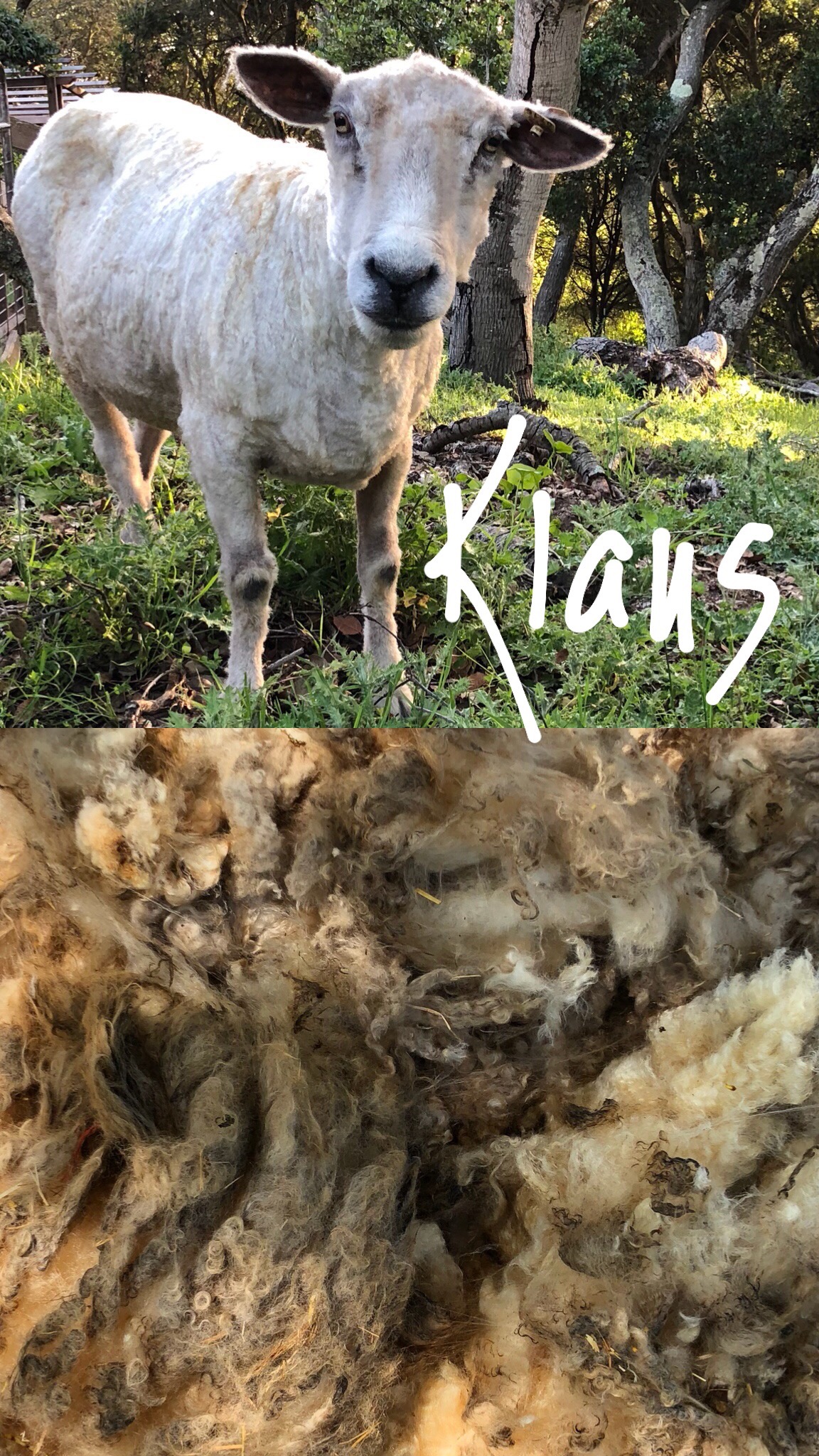
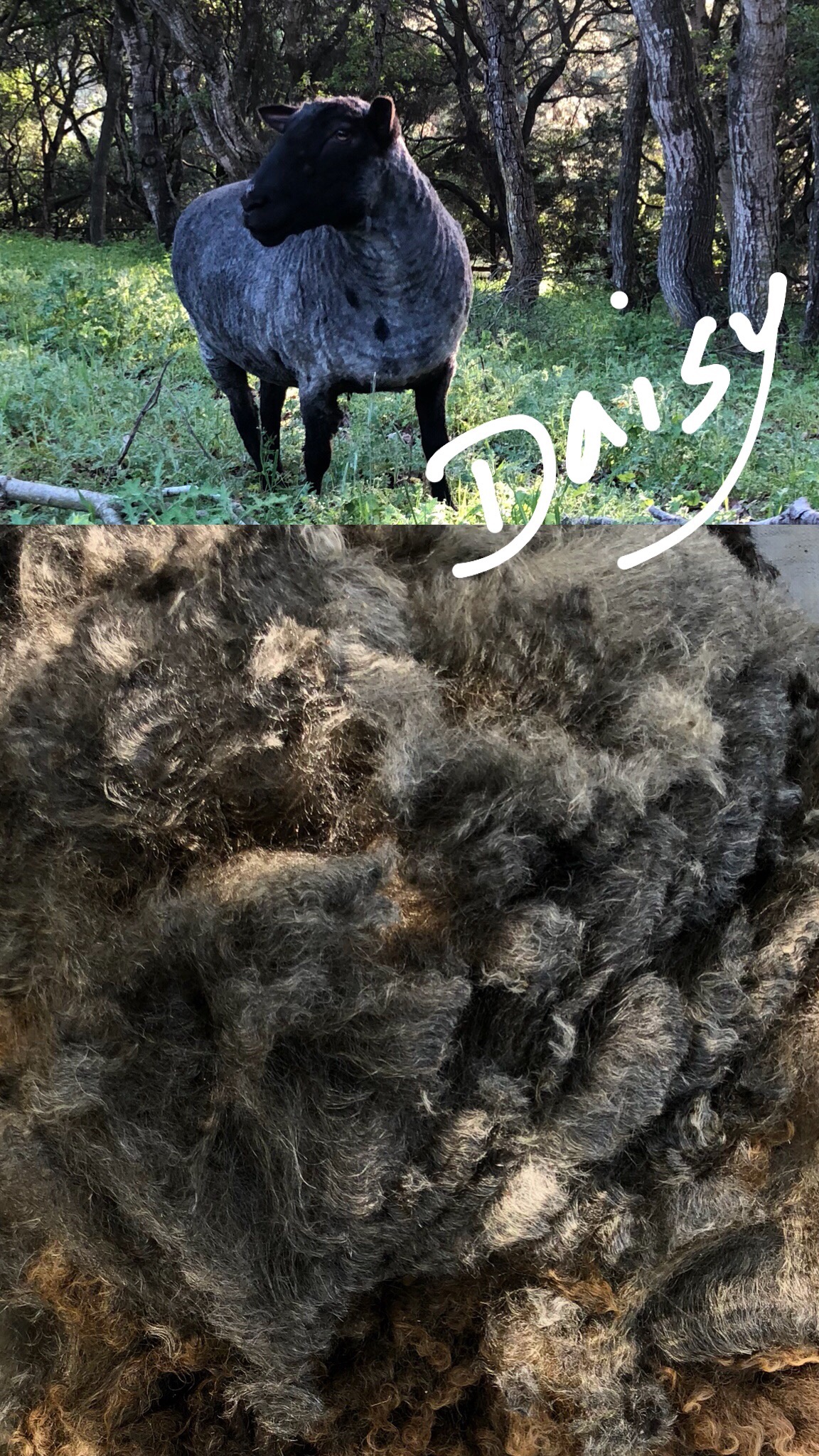
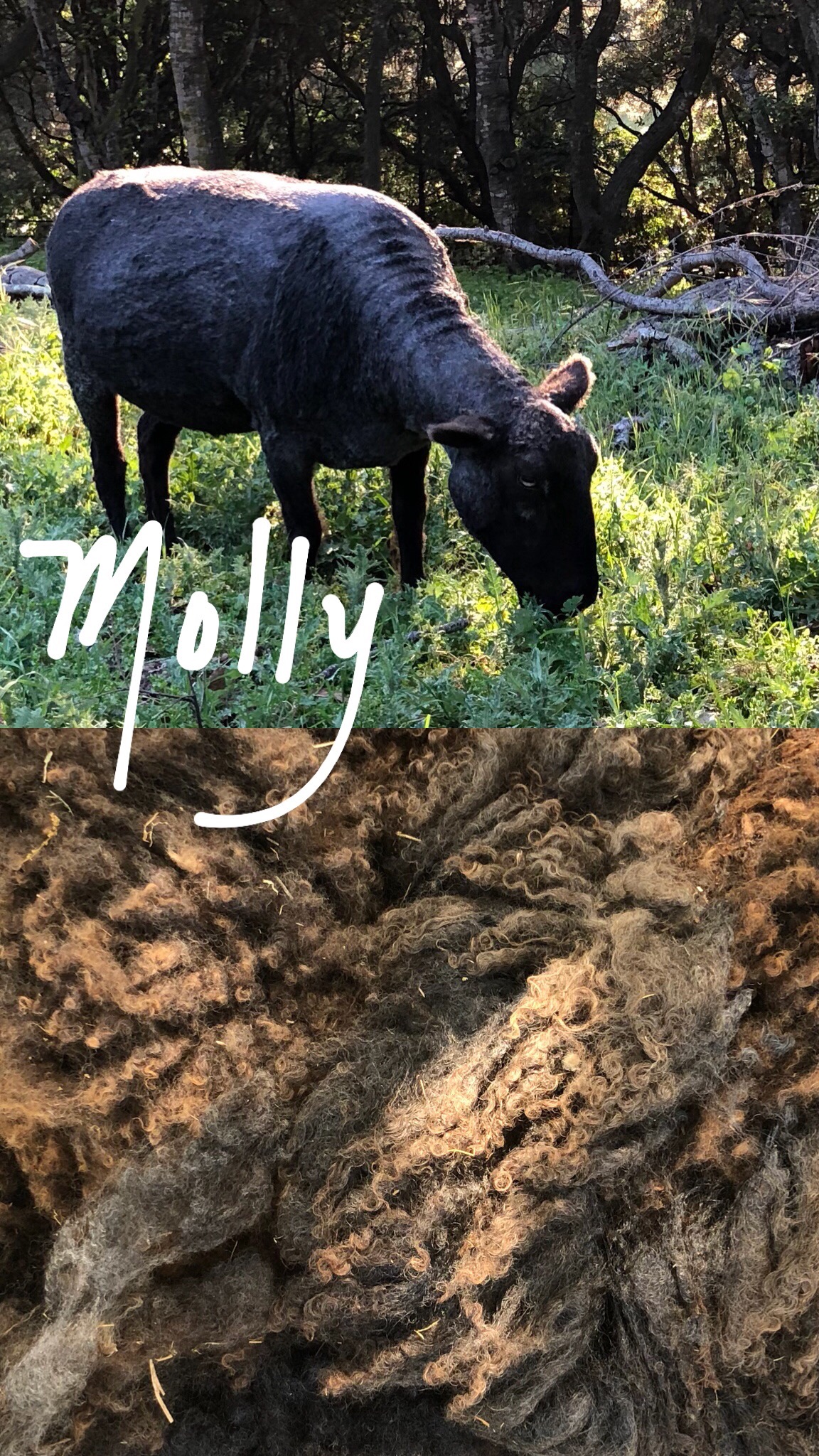
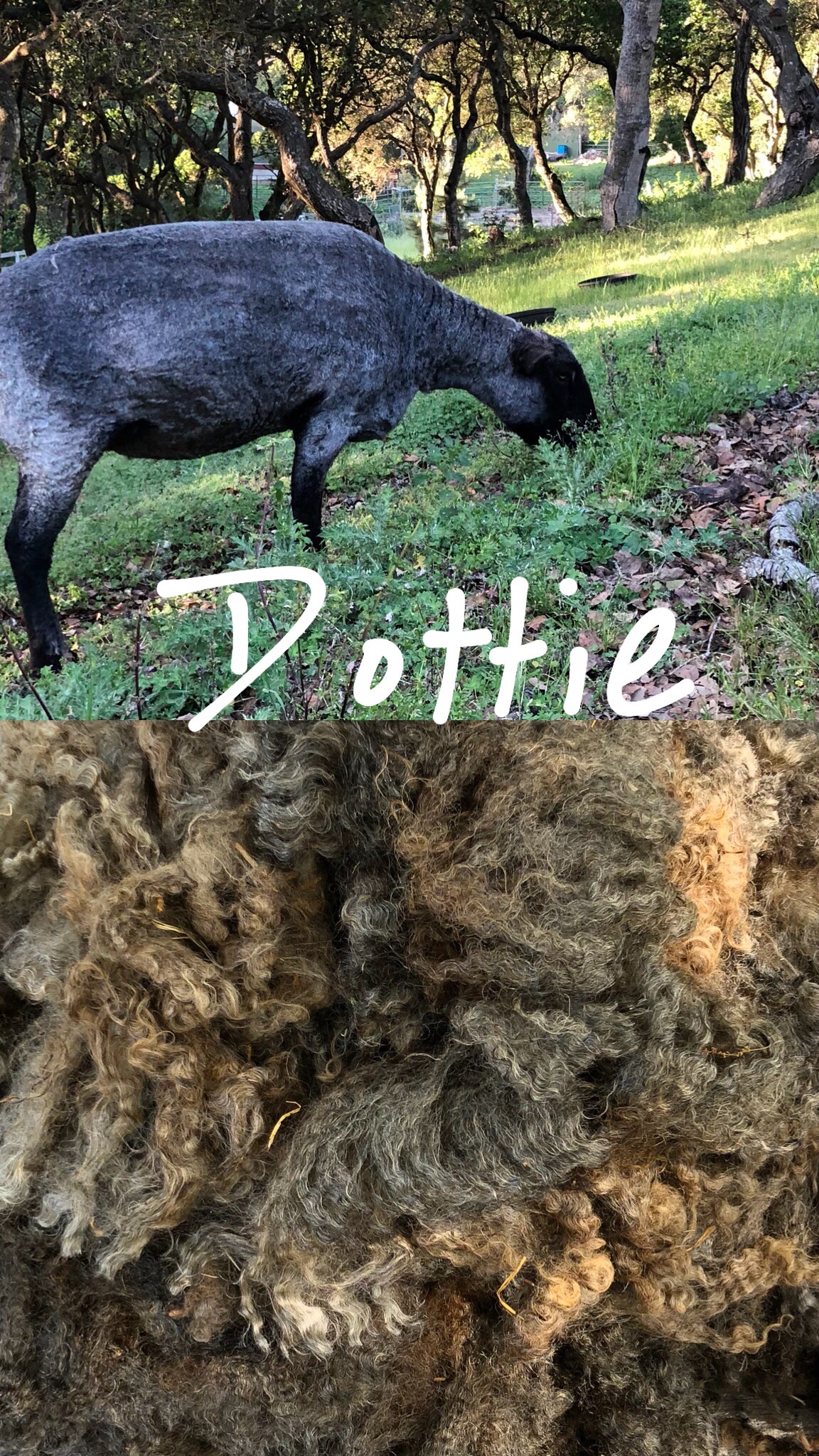
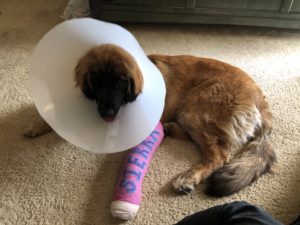
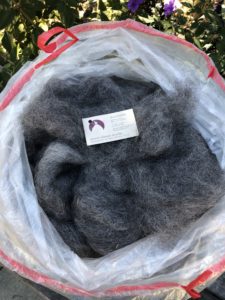
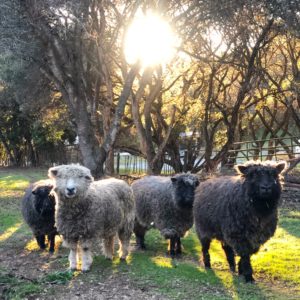
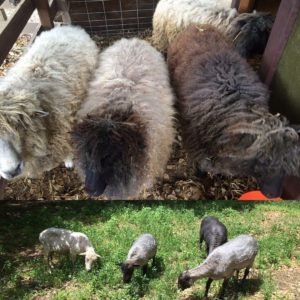
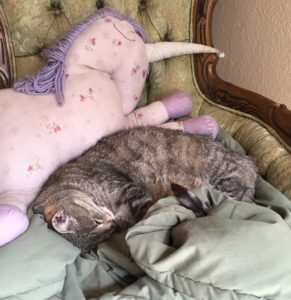
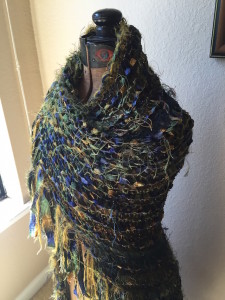
You make me want to get sheep. Almost. I love learning about this.
Aww! Thank you! Sheep are certainly a fun ride. More aloof, like cats. From what I see and hear, goats are more like dogs. If you decide to go for it, let me know! Missing you all.